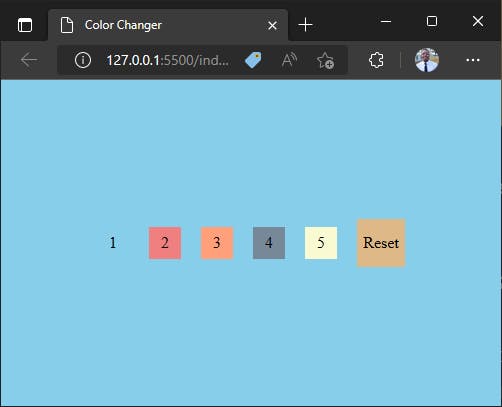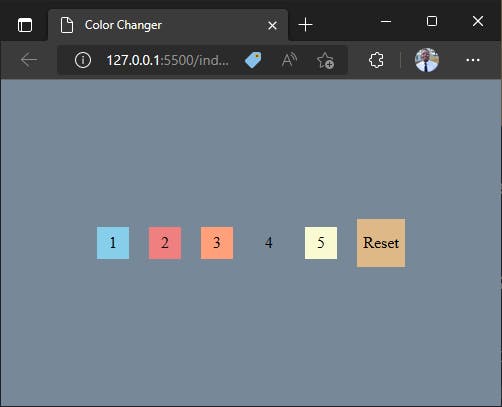Introduction
Web development is the creation of dynamic, interactive websites using programming languages, tools, and frameworks. It can be overwhelming to figure out where to begin if you're starting in this field. But don't worry, I've got you covered. In this beginner's guide, we'll focus on the essential programming languages to learn in web development and provide some projects you can work on to gain a deeper understanding of these languages.

The first three programming languages you need to master are HTML, CSS, and JavaScript.
HTML: Structuring Web Pages
HTML (Hypertext Markup Language) is the foundation of all websites and is used to structure a web page. It defines headings, paragraphs, images, links, and other elements that make up a web page. With HTML, you can create a simple personal website or a landing page for a business, showcasing your skills and experience. This language is easy to learn and is the starting point for anyone interested in web development. Check out this website to learn more about HTML for free: HTML Tutorial (w3schools.com)
CSS: Styling Web Pages
CSS (Cascading Style Sheets) is used to style and layout web pages. It controls font size, color, spacing, and other visual elements of a website. With CSS, you can create beautiful and responsive layouts that adapt to different screen sizes. To improve your CSS skills, try building a responsive layout for your personal website, which can be used to showcase your work and portfolio. Learn CSS for free: CSS Tutorial (w3schools.com)
JavaScript: Adding Interactivity to Web Pages
JavaScript is a programming language used to add interactivity to web pages. With JavaScript, you can validate forms, create animations, and build dynamic content. To get started with JavaScript, try building a simple to-do list app or a weather app. These projects will help you understand the basics of the language and give you a solid foundation to build on. As you progress in your web development journey, you'll find that JavaScript is an incredibly versatile language that can be used for a wide range of projects. Learn JavaScript for free: JavaScript Tutorial (w3schools.com)
A Quick Demo
HTML Preview
Here is a web page without any CSS styling:

CSS Preview
This is the same page but this time, the use of CSS has allowed us to control elements such as font size, color, spacing and other visual elements of the web page:

JavaScript Preview
With JavaScript, I can now change the color of the web page by clicking on any of those numbers:


Conclusion
Once you have a solid understanding of HTML, CSS, and JavaScript, you can move on to exploring JavaScript frameworks such as React, Angular, and Vue. These frameworks make it easier to build complex, dynamic web applications and provide a set of tools and components to help you get started.
Web development is a challenging but rewarding field that requires patience, persistence, and a willingness to learn. By focusing on HTML, CSS, and JavaScript, and working on projects that challenge you, you'll gain a deeper understanding of these languages and be on your way to creating amazing websites.